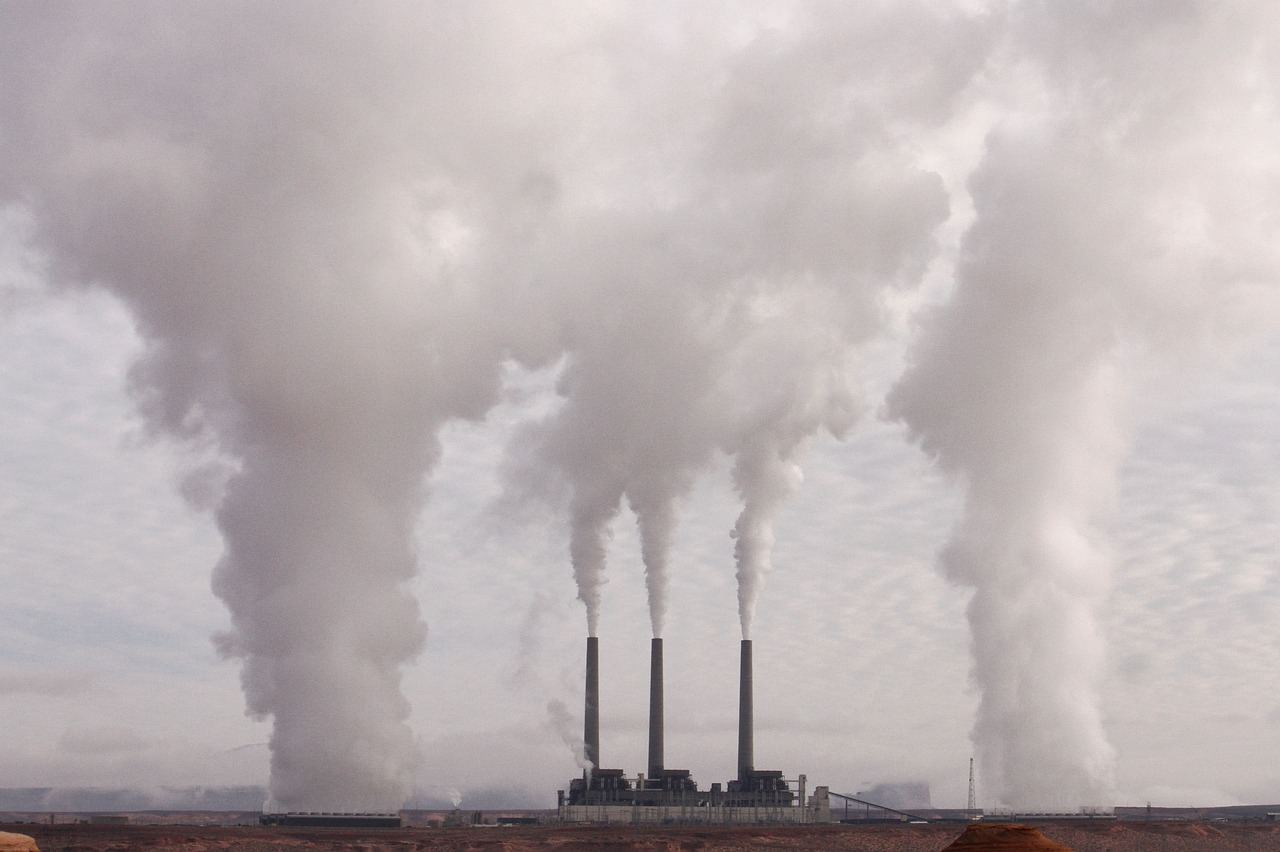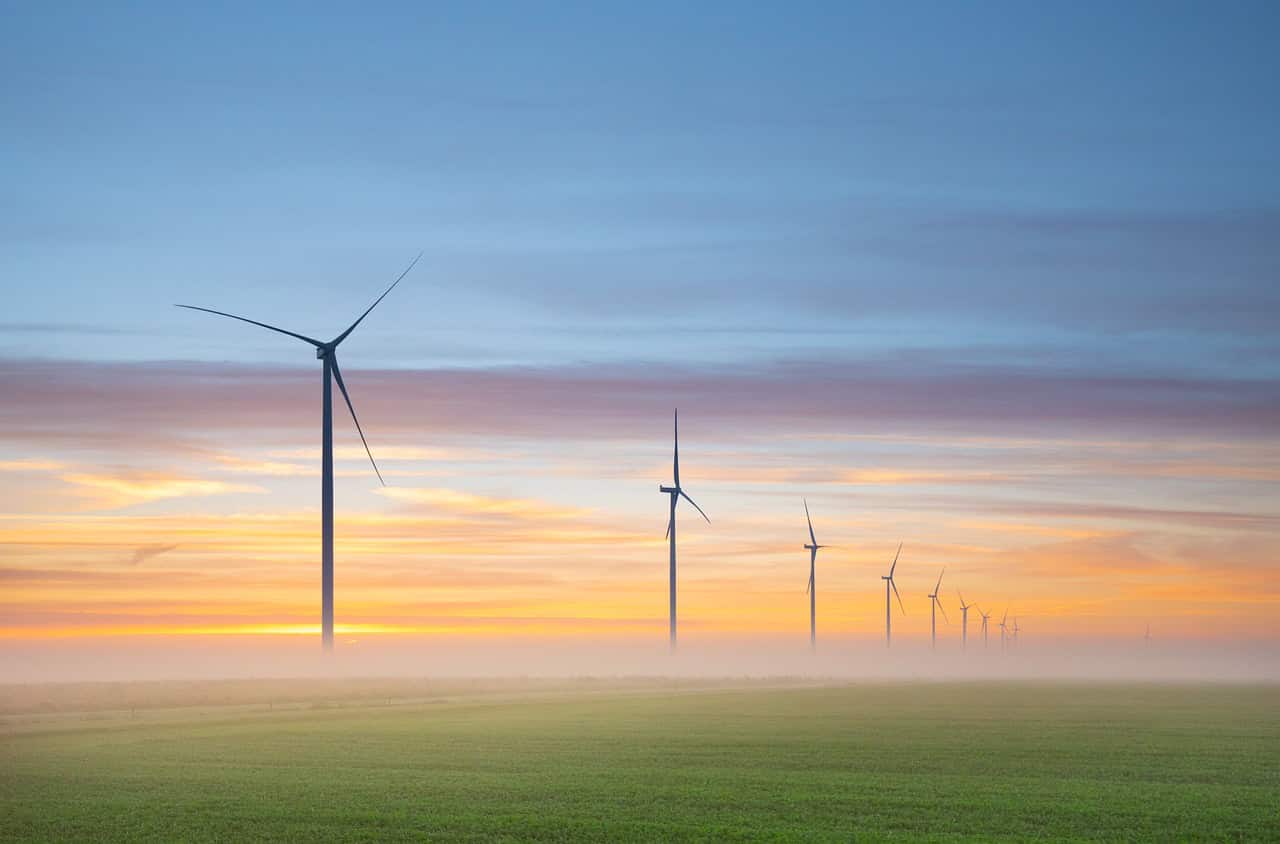
In 2019, according to Eurostat, the EU countries emitted over 3.7 billion tons of greenhouse gases – GHGs – which means that every citizen of the Union produced – on average – 8.4 tons of them. In the graph below, we present a ranking including all the 27 member states.
Why is Luxembourg leading the ranking?
What stands out the most is seeing Luxembourg on top. How such a small country, where 0.4 percent of the whole EU population lives, can produce so many greenhouse gas emissions?
The International Energy Agency, in its 2020 energy policy review, explains how the population and economy’s growth have a huge impact on this number. Nevertheless, most of the emissions are related to fuel sales. Specifically, Luxembourg’s National Energy and Climate Plan underlined how nearly two-thirds of climate emissions come from this label. Being a transit country, 70 percent of the fuel-sale-related emissions, come from vehicles registered abroad, with lorries representing 60 percent of this source of emission.
Read more about Luxembourg here
Some of the most polluting countries still rely on coal
Ireland places second in this ranking. According to the Irish Energy Institute, the three drivers of greenhouse emissions in the country are agriculture, transport, and energy production.
Coal and lignite are far to be phased out by the Czech Republic. As Prague plans to rely more on nuclear, energy-intensive industries impact GHG emissions. Similarly, Poland relies on coal, as it is home to the most polluting power plant in the Union.
Fossil fuels are the main reason behind Cyprus’ ranking too. The country heavily relies on them to generate electricity, as energy industries represent a third of the whole amount of emissions.
Estonia’s reliance on oil shale for generating electricity makes it rank third with regard to GHGs. In a European Parliament policy brief, it is noted how burning and producing this fossil fuel is highly polluting. In fact, energy industries account for 56 percent of the emission of the Baltic country.
Energy and manufacturing industries are the main drivers of the Dutch economy. Furthermore, transport represents one of the largest shares and contributes pushing the GHG emissions up to over 11 tonnes per capita.
Solar and nuclear power lower emissions
Looking at the countries with the lowest amounts of emissions, some interesting figures are worth to be mentioned here.
Electricity deriving from nuclear power plants is the main reason why France – despite being the second largest country population-wise in the union – has lower GHG emissions than most of the EU countries.
Spain invested massively in renewables, being one of the biggest producers all over the world. As a result, it ranked 1st worldwide per concentrating solar power capacity in 2019. In the same year, Madrid placed 5th per wind power capacity in the globe.
Sweden places last in this ranking, as it reduced its emissions by over 56 percent since 2005. In 2020, the last coal power plant was shut, while Stockholm relies on nuclear for the energy transition, which is expected to be phased out by 2040 when all energy should come from renewable sources. By 2030, the country aims to increase its wind power capacity by 5 Gigawatts and solar by 2.
Support us!
Innovation Origins is an independent news platform that has an unconventional revenue model. We are sponsored by companies that support our mission: to spread the story of innovation. Read more.
At Innovation Origins, you can always read our articles for free. We want to keep it that way. Have you enjoyed our articles so much that you want support our mission? Then use the button below:








